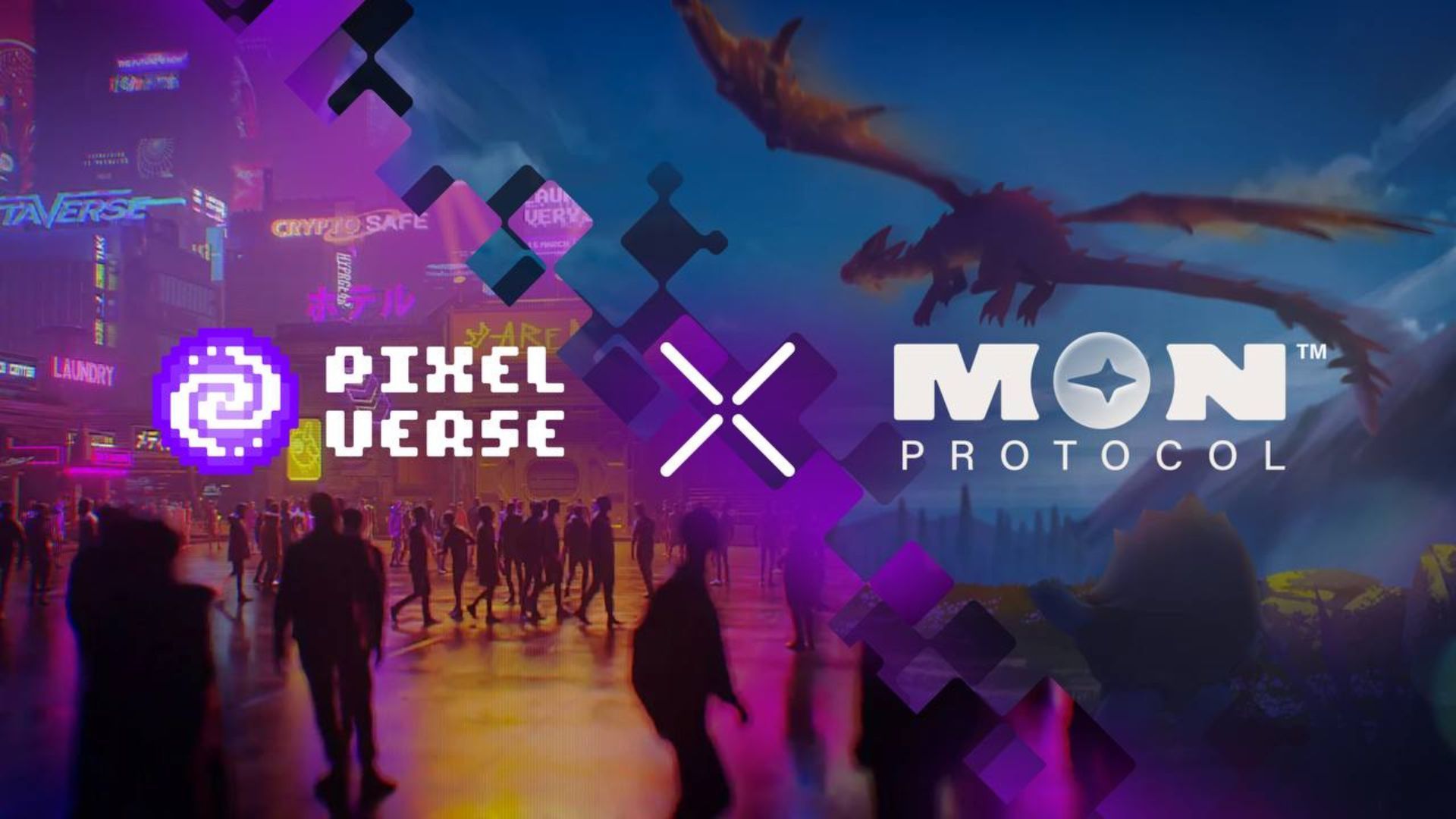Table of Contents
- Non-Native Asset Trading Options
- Non-LP Options: Perpetual Contracts and Cross-Chain Swaps
- Bridged Assets
- Cloned Assets
- What Comes Next?
Crypto, as an industry, has had an amazing journey of innovation, discoveries, as well as missteps, scandals, lessons learned, and new innovation. It finds itself seeking strong foundations in decentralization, independence, and chains that are masters of their own fate. At the same time, these chains must work closely together in order to develop an interlinked ecosystem where anyone can jump in and interact with all the different players. Users want a vast system of networks where they can cross through in a borderless way, exploring everything the crypto community has to offer. Some visualize this like a “Ready Player One” universe, where galaxies are independent and yet interconnected. This is a wonderful dream, and perhaps even a lofty goal, but we aren’t there yet.
So what’s the problem? Well, that’s complicated. The crypto ecosystem is very organic, with a variety of different chains launching and growing their own systems over the last ten, and especially five years. After the rise of Bitcoin, other chains saw the limitations of PoW and sought new ways of fast, scalable consensus. This led to an explosion of new platforms, new protocols, and new tokens. With the new tokens came the rise of exchanges, and we are still witnessing the evolution of both centralized and decentralized exchanges. Both have pros and cons, and both will likely continue to have a place in the industry. However, the complications begin to increase considerably when someone on one chain would like to interact with a user on another chain, and especially when they would like to trade tokens. Non-native token trading (trading a token that was not made on the chain you are using) should in theory be straightforward. Through some time of transaction, the tokens trade hands at an agreed upon rate. Sadly, there are a number of big problems that get in the way. Let’s dive into why, even after vast improvements in crypto trading, non-native token trading continues to be especially complicated, some of the key reasons why, and where there might be hope to simplify the process using a method called Cloned Assets.
Non-Native Asset Trading Options
Before we start looking at the options, let’s first discuss why someone would choose to trade non-native assets in the first place. There are a number of very large chains, most notably Ethereum, that have many different token options. However, even these do not have all the lucrative or popular token options, and new platforms are releasing their tokens every day, presenting enormous possibilities across all chains. For most traders, the choice of their home chain shouldn’t matter in what they trade. If it’s crypto, they should be able to have access to it. In the spirit of the crypto community, this is reasonable and the chains and their platforms should automatically “play nice.” However, in practice this is much more difficult. There are issues of compatibility, of liquidity, and of custody. And the method for the transaction can be complicated by issues of security as well. While there are workable solutions, there have been other solutions that have proven very problematic, and people have lost money as a result. This is an important issue, and one that the entire crypto industry must get right if it will ever achieve mass adoption and a permanent place in the global financial market.
Non-LP Options: Perpetual Contracts and Cross-Chain Swaps
While the most promising scalable options require LP, there are two options that don’t. The most difficult of these are perpetual contracts, which are meant for advanced traders who are looking for high leverage trading. While a successful method, the UX involved is complex and not useful for the vast majority of traders.
Cross-chain swaps allow a trader on one chain to swap tokens with a trader on another chain. This can be useful for a wide range of users, but with a downside that it takes a direct P2P interaction with two wallets for the trade, and what can be significant fees for what should be a simple trade. As there are no LPs, it requires a strong UX that can connect the right traders who want to make a swap.
Bridged Assets
A more scalable method that has seen some success is the bridged asset. However, they also have a large share of risks and disadvantages. For platforms working to create liquidity for non-native tokens, the liquidity has to either focus on a single bridge, or be distributed to reach bridges to various chains, which dilutes the ability to facilitate trades. Other risks of using bridges involve the bridges themselves. The industry has seen a troubling share of bridges collapse, which could ruin the value of the non-native token if the connection is severed. Bridges have also been a weak spot for hacking, and this problem has not been solved completely. The fragmentation of liquidity and risk of trading via bridges, not to mention at least moderate fees for doing so, have prevented bridged assets from taking over the non-native token trade.
Cloned Assets
The latest evolution toward scalable, non-native token trading is likely the cloned asset. Developed by Clone Protocol, the aim of this process is to prevent the risks and fragmentation of liquidity seen on bridging, while creating a structure that users can trade non-native tokens and hold them, long term if desired, in their own wallet. After the trade, the cloned token acts like a native token, reducing risk and increasing utility. Because the process is all performed on the protocol itself, fees are low. Further, with Clone launching on Solana, the speed and scalability are incredibly promising, with a reach to many other chains and a fast speed to new listings.
What Comes Next?
Given the evolution of non-native token trading so far, the lessons learned, and new forms of trading such as cloned assets, it’s important to ask where the industry will head next. To be sure, the industry as a whole will be hard pressed to accept high cost, low utility, high complexity, and high risk options. With Clone launching its private mainnet on February 1st, we will have a new expectation for non-native token trading. New evolutions may follow, or we may witness a widespread scaling of this new standard. The good news is, the industry refuses to stand still and when there is a continuous demand for something like non-native token trading, the industry innovators will find a way.
Disclaimer: This article is provided for informational purposes only. It is not offered or intended to be used as legal, tax, investment, financial, or other advice.












